- Home
- Video Courses
- Certifications
- 350-501: Implementing and Operating Cisco Service Provider Network Core Technologies (SPCOR) Dumps


350-501: Implementing and Operating Cisco Service Provider Network Core Technologies (SPCOR) Certification Video Training Course
350-501: Implementing and Operating Cisco Service Provider Network Core Technologies (SPCOR) Certification Video Training Course includes 253 Lectures which proven in-depth knowledge on all key concepts of the exam. Pass your exam easily and learn everything you need with our 350-501: Implementing and Operating Cisco Service Provider Network Core Technologies (SPCOR) Certification Training Video Course.
Curriculum for Cisco SPCOR 350-501 Certification Video Training Course
















































350-501: Implementing and Operating Cisco Service Provider Network Core Technologies (SPCOR) Certification Video Training Course Info:
The Complete Course from ExamCollection industry leading experts to help you prepare and provides the full 360 solution for self prep including 350-501: Implementing and Operating Cisco Service Provider Network Core Technologies (SPCOR) Certification Video Training Course, Practice Test Questions and Answers, Study Guide & Exam Dumps.
OSPF Configuration - Single Area
1. OSPF Configuration – Syntax
Okay, the next thing we'll talk about is the configuration part of OSPF. Again, we'll be configuring in two different labs. Likely, one will be using the same area because here we did not discuss any concepts like areas. That is most likely something we will cover in the upcoming sessions. So the configuration syndrome syntax is here; this is the syntax and how it goes. So the first step is that we need to go to configuration mode. So we need to say "config mode," and then we need to go inside the router mode. Let me quickly go to the configuration. Here is the router's OSPF. So when I say router, then we need to select which protocol we want to use for advising your networks. So I'm going to use the OSPF protocol here. So it's a router running OSPF, and that's not sufficient if you use question marks. You can see there is something called ProcessID we need to define, and that number can be anything in between one and 65,535. So first, let's try to understand what ProcessID is here. The Process ID is a number that identifies the OSPA process running on the router. And this is especially required when you're running multiple instances of the Osprey process. when you're running on the same router. We need to differentiate. If you take an example, like when we get into some of the MPLS, or when you get into some MLS topics or service orders, So generally, this is like a service provider, and the service partner will have plenty of routers connected, especially, let's say, MPLS technology. So there will be one border router. So we call this a PE router, or provider Edge. And this router will be connecting to multiple customers. Like, let's say it is connecting to customer A as well as connecting to customer B and connecting to customer C. And we'll be running some kind of routing between these two routers. For example, OSPF will be used between this router A, the customer, and the service bottom. And you might be running a separate OSPF between Customer B as well as the service border. And maybe you also run a separate OSP from here; of course, there is a concept of VRF and other things, so I'm not getting into that to separate the routing tables. But again, what happens here means that this provider edge router, the service provider router, is actually running three OSPFs. One OSPF is running for customer A, and another OSPF is running for customer B. And let's say it is running another OSPF for Customer C. So this is what a single router is. If you remember from the initial router concepts, I said multiple instances of OSPF were running on the same router. This is an example. So this router is running three separate OSPF instances or three separate OSPFs, one for each customer. So I can just go and say "router OSPF." Assume we don't have a route ready, or if you're only using one instance, the problem is that whatever route comes from customer A will be advertised to the service order, and that service order may end up advertising these routes back to another OSP of a neighbor. Because, according to this, normally these are the neighbors, right? Just like router one sends an update to router two and the router sends an update to router three because this is also running OSPF, this is also running OSPF. The same thing is happening here. The A is sending the updates to ServiceBorder, and Service Porter is sending them to BE. But the difference is that this is a separate OSPF and is supported by OSPF in terms of service border. So it's the same thing here. Now the service partner is actually running OSPO, but these three OSPFs are different. They are not the same OSPF, or they are not the OSPs running for the same customer. Okay? So you need to differentiate this So the service part is going to run OSPF on this router, the PE, and that is differentiated based on the process ID. So we can use any number. For example, OSPF 1 will be used for customer A, OSPF 2 for customer B, and OSP 3 for customer C. Which means on this router I'm running three separate OSPF instances, and by default, whatever route is received by the router on the OSPF side, it will not go to the other two or three because they are logically separated. So logically, I'm running three separate instances of OSPF. So that is the primary reason for assigning this process ID, and the final okay, so the process ID can be any number between 1 and 65,000, but is generally more common. You'll see multiple instances running more commonly in the search for scenarios. Of course, on the customer side, you don't run multiple instances of OSPO; that is a little bit rare. But in order to differentiate or to have multiple OSP instances running on a single router, we use a separate processor, so you can use any number. So, in my example, I'll use a simple process, any prosthetic, like I prefer to use one, I'm using one, let's say, okay, so this is the first line. So once we give this process ID, like anynumber, I can also give ten if you want. But when you say "ten," if you verify showrun in configuration, you can see there is an OSP of one separate and an OSP of ten separate. So there will be separate routing instances. Of course, it depends on what the network server does; that will again differentiate. Now that we've defined the ProcessID, and I've assigned it, say, inside the router mode, we need to advertise the networks. Now, in order to configure the OSPA, we must advertise, which means we must tell which networks we have, just like in other dynamic protocols. You must advertise your own networks, and the router two will advise its own advertisement networks, as in my example, on the router one. I've got two networks. I need to advise these two networks and the router two.You have these two networks. We need to advise these two networks, okay? So that's what again? This information will be stored in the database in the form of LS, and the router will calculate the best route, but you must specify which networks you have so that OSPF is aware of them, so in my example, this is just a rough example. Let's say on the router too. I'm conquering trying to send network so the first weneed to send network and what is the network number? Network number means nothing but network ID. In this example, I am advertising this network, and what is the network ID? 192, 168, and 20 network IDs Remember, network ID represents the entire network, so we have to give the network ID because this address represents the entire network, so don't give this IP; we have to give the network ID, which is 182-1620, the first IP in the range, so we had to tell the network ID to go to the right IP address it should be at.
2. OSPF Wild card Mask
And that's not enough. So once you give the network ID, the next stepis we need to define the Wild Card bits, okay? So to proceed, we also need tounderstand so we understood what is processID and the significance of the processor. Then we must know the wild card mask bits. Now, this wildcard bit is kind of mandatory in the case of OSPO. So let's try to understand what the wildcard bits or wildcard mask are. Now. It is the same as a subnet mask, if I take an example of a subnet mask. So when I'm writing 192, 168, two, network, 20, and when I'm writing the Sublime Mass, first, let me just define the Sublime Mass quickly. So when I'm writing 255-255-2550, it means that this is your network portion. As in, wherever there is a networked one—binary ones, of course—and decimal, it will be 255. And wherever there is zero, that is zero; that is your host portion. So the subnet mask will tell how many networkportions and how many host portions you have. But the Wildcard mask is a little bit different. So the Vulcan mask is written in terms of reverse. like if I were writing the WildcardMask of the 192, 168, and 2 networks. And writing the Valkyrian mask of zero, zero, 255 means it must match, compare, or match wherever there is zero. Wherever there is one decimal, it means nothing but binary ones. Decimal 255 means binary ones. And in terms of binary, it is zeros. So wherever there is one, that has to be ignored. In this case, when I say network 182, if I write the Vulcan mask of this 10 dot next to it, So what this says is it's going to tellthe OSPF that advertise all the addresses, whichever havingthe zero zero means advertisers, which starts with 192. The second portion also must match 168. 3rd portion also should match two. And wherever there is one, one means binary ones. Ignore means to ignore. It can be anything. So any address means X represents any number from zero to 25. So wherever there is zero, that must match, and wherever there is one, that must be ignored. So specifically, you want to advertise selected subnets in your production networks. The Wildcard Mass will help you match the exact networks. Like, if you take this example here, if I'm writing 10, 1, 20, So, advertise all the addresses; whichever begins with zero must begin with ten. The second ten indicates that it must begin with one exact. And because this is also zero, it must begin with two. And 25 means ignore. Ignore means it can be anything between 0 and 25. So whatever address X means, any number can be that. So this first statement says to advertise each and every network that has ten in the first portion, two in the second portion, 110, one, two. Similarly, if you compare some more examples, let's say if I write something like this: zero dot 255 55, the meaning of this is that it's going to advertise all the resources. Whichever starts with 1010 means mustmatch zero, zero means must match. Again here, 1 and 255 are ignored, which means the second and third portions can be anything. But if this router has any networks and that particular network matches the first two portions, like 10 and 1, then advertise those interfaces. Similarly, if I'm writing this Vulcan mask, which means it'll advertise all the resources beginning with ten, and the remaining three portions can be anything, So two departments ignore it. So zero says it must check, one says ignore. So the same concept you apply in the ACLs, you'll probably see that in the ACLs topic, but in the ACLs it's to match, permit, or deny. But here it is to advertise. Take this example: ten, ten, zero, the same example 002-5525, five means advertise all addresses that begin with ten one. So basically, in most of the advancements, we want to advertise all the networks and all the addresses, whichever matches the network portion. And that's the reason you have this reverse. If you want to calculate, you can find some examples here. You can see here if you want to calculate the subnet mask of any network, such as 192, 168, or two networks with a submit mask of slash 24, which is 255-255-2550. Then to calculate the wild card mask, you just needto subtract from all 25, subtract the submit mask. So if you subtract 255 from 255, you get this one-card mask. So this is more like writing the inverse mask, or this is how you calculate. Similarly, if you have the subnet mask of 2552-552-5524, this is more like a subnet again, because in the production scenarios, when we design the networks so this network will be used like subnets to 28 or, you know, some other slash value, then how can I advertise all the addresses within that range? Simple: find out the subnet mask and write it down here, then subtract the subnet mask from all 25 to get your wild card mask. So that means if I want to advise this subnet, I need to write 192-1681 dot zero with a wildcard mask of zero dot 15, which is equivalent to matching all the doses within that range. Similarly, if you have a submit mask of 255-25-5255, especially if you're using subnets, and you want to match all resources within that subnet, subtract that subnet mass from all 50 files. Generally, we call it a "global submit mass" or all 20 files. Again, if you are not using one single letter, then generally we use this, like you want to use only this address, and then we can write. So I have some more examples for you to understand a little bit more about the wildcard mask. So what if I write the Vulcan's mask of all zeros? Let's say if I'm writing an address, 100 0 1, and if I write Falcon mask of all zeros, it's going to match all four portions, right? Zero means it must match, which means it will only advertise the address that begins with, which means it must match all four portions, addressing only one IP. this is morecommon when you're driving the van interfaces especially thepoint to point networks when you want to organizeonly one interface because when you're advertising the landwe want to advertise all the resources within thatland but when you're advertising point to point interfaces. Especially the van interfaces in most of the production scenarioswe generally go with this configuration of advertising only oneaddress of course not compulsory but a kind of bestpractice you do so when you're writing 25 means ifI write 1821-681-0025 means it's going to advise all thedisserts matching the first three portions if I'm adding matchingthe first two portions if I'm adding just zero matchingthe first portion only like in this example it matchesthe first two portions in this example matches only thefirst portion so what if I write the volcano maskof 255-25-5255 it actually matches all the addresses just likematching any address it doesn't compare any address but thisValkyrie mask means it matches all the resources will bematched with a network command generally but little bit wedon't use that but these are the examples to understand.
3. OSPF Single Area - Pre-requisite
Okay, the next thing we'll try to get intothe configuration here like in the previous we haveseen what is a prosthetic concept and then thewildcard and mask how we need to identify. And of course we'll talk about areas. As of now, we are just using a single area generally. So the prerequisite online is that we need to make sure that we do have connectivity between the routers. Like in my example, I'll be using these routers (1233) for verifications, and I do have these routers preconfigured in my packet as well. So you can see that the routers are already connected based on the interfaces. Most likely I'm using the same interface names here. So this is my topology that I'm using. So basically, in this three-dot topology, we do have connectivity and also have the IP addresses pre configured.So if I go to the command line of individual routers and verify the IP configurations, I do have the IPS configured exactly the same as what you can see on the diagram if I verify the ship interface. So make sure that we do have IPS, like in this example, where I'm using a 180 to 161 network here, a 180 to 168 two network, and a 180 to 168 three network. So I want to make sure that these three separate lands should communicate with each other and reconnect to the router as per the rules. Also, the IP addresses are preconfigured, and if I go check on the router, I do have this topology interface brief on the router two. I can see the interface. The land interface and one interface are preconfigured, and the interfaces are also up and running when you move on to router three. If I say swipe interface briefly, I also mean the router three. We do have This interface is pre-configured here. The IP address and the PCs are already configured here as per the IPS.
4. OSPF Single Area – Configuration
So I decided to configure the router One.The configuration process is straightforward. In my case, the router has two interfaces. We need to advertise these two interfaces. So I'll be using the router's OSP of one. We can use any prosthetic. And remember one more thing: using this processor is locally significant, which means if I'm using the processID of one, let's say I'm using OSP of one here, and if I'm using OSP of two here, they will still form the neighborhood. Because they will establish the neighbour relationship as long as you advise these two interfaces to be on the same subnet and the OSPF is properly configured. That means it's not compulsory that you must use the same prostate, so we can use different prosthetics and on different routers, and still they will form the neighborhood. so it's not compulsory to match. Unlike in EHRP, the slashes never have to match. That is in EHRP. In EHRP, if you have implemented it, basically you must use the same number. The number should be the same, but it's not the same case here. So these are locally significant, but even though I use one in each router, it is not required. I generally prefer to use same numbers sothat at the time of configurations later onor verifying, we don't need to get confused. Like sometimes you need to recollect onwhich router, which number I have used. There's something a little bit unnecessary about always using the same number all the time.And again, as I discussed, if you're running multiple instances of OSPF, like if this route is connecting to two separate routers, you must be using separate ProcessIDs here; that is a must. So you cannot use the same procedure for two different OSP instances. And the next thing is the configuration itself. So let me quickly go and configure here. I'll do the configuration on the router Onehere and we need to start with network. So what network do you want to order? So I want to order this network. So the network ID is 192, 116, one subnet. And if you use question marks, it will ask for the wildcard bids. So the subnet mark is slash 24, so the wildcard bids will be reversed. We can calculate that if the submit mask is 255, 255, or 2550, it will be reversed, or you can take a surprise from all 25 to find that. And then we have to give the area and area number. So the area number can be any number you can use.Mostly, we go with zero or one. You can use any number you want. But again, more about the areas; we'll talk about that in the next concept. Again, we'll see why we use areas and what the reasoning behind it is. So that is generally to minimise the overhead on the routers. We'll talk about that later. As of now, I'm just assuming all the routers are inone area and area number also you can decide, you canuse zero, you can use one, you can use to anynumber clearly you can use any number, it's up to you,but this is must be a part of the configuration. In a similar way, we need to advertise, so I have advertised this interface. We also need to order this interface, the ten interface; I'm using ten eight subnetmasks. Of course, you can use 100 with all zeros. If you want to order only that particular interface, you can use all zeros as well. So this is what you see in production scenarios, mostly with one IP, but you can also order with whatever violence mask I'm using; if I'm using Flash 8, you can order the entire subnet; it starts with 10, so it's up to you, and then area number, and that's it. So if you verify the show IP protocols, you can see these are the two networks that we are advertising, and it automatically selects the outrage based on the highest IP of the physical interface. Similarly, we need to go to Router 2 as well. On the router two, we have three interfaces here, so I can go and advertise the router using OSPF. One line interface I'm upset with this LAN interface, the entire subnet, and then area, area, and area member, so I can recommend this IP address, which is 10 2 I can also use the zero wildcard mask to address this IP because there are no other IPS to organise in this router. So basically. As I said. In most of the production scenarios, you generally go with this, and I'm showing you both options. Both will work, and you can see the neighbourhood establish itself. You can see the message over there I've already advised this OSP up here, and when I advise this one, You can see the neighbourhood go from loading to full; in the last stages, the neighborship has been established. So let me promote the other interface, which means only that specific eleven-dot interface. One IP: I'm only advertising one IP, and only that one IP, because in most production scenarios, you'll be using the slash 30 mask for the majority of the point-to-point interfaces where you just did two IPS. That's what you see. Of course, I'm not using slash 30 here, but in terms of production scenarios, you prefer it that way. Likewise, I need to go to the router Three as well. We have two interfaces on router three; this one network I'm using 182, 168, and three subnets again; don't advertise one IP because in production scenarios, this is not one IP; you are driving a complete land. So basically, the entire subnet is what we need to advertise. So I'm using 24 in area zero, while interfacesI can advertise only one IP, so what Ishould see is I should see the neighborhood.
5. OSPF Single Area – Verification
Okay, the next thing we'll try to do is do some verifications. Like in the previous section, we have seen the configuration of OSPF, and if you verify, we have done the configurations already on all three routers. The verification commands basically initially will be using four commands, like verifying the name of the neighbouring ship, verifying the protocols, and, of course, verifying the database, and then the Show IP route options. So let's go ahead and verify. So this is my topology, and we did the configuration already. So for the neighbourhood table, I verify it from the router too, because it's a middle router. So let's verify. On both sites, it says "Show IPOs and ASP neighbours." Like we discussed in the initial process, they will establish the neighbour relationship. The router 2 is establishing a neighbour relationship with the router 1. And this is the router ID of router one and router three. Of course, if you recall, it took the highest IP of the physical interface. Because if you verify the route you're riding, let's verify the router itself. If I say "Show IP Protocols," you can see the route taken; it has taken 192-682 100. And if you verify the interfaces, I did not configure them manually. As the default option is manual, there's no manual configuration. And the second one is that we discussed that if there is a loopback interface, or if there are multiple loopbacks, then it will automatically choose the highest IP of the loopback. So currently, here, we don't have any loopholes. So the third option is to automatically select the highest IP of the physical interface. So in my example, I do have physical interfaces. Out of these three physical interfaces, 192 is the highest number. So this has become the outrage. So it's okay if you want to change. We can change that. But as of now, in the basic configurations, I'm just leaving it to the default options so you can verify the neighborhood. In a similar way, if you verify the router ID, this is the router ID of the router 1, and this is the route ID of the router 3. And of course, these are the actual IP addresses of those interfaces. You can see the neighbourhood is full; the priority value is high. We will talk about this in the Dr. Biddy. The neighbourhood is full, meaning the loading for all seven stages has been finished. And this is your timer, as I showed you in the neighbour table. That shows in the neighbour table that these are the actual interface IPS, and these are the actual interfaces they are connecting to. And apart from that, we can also verify ShowIP protocols on any router we can verify. And here you can see the outputs, like the router ID, what the router is using, and how many areas we have. We just have only one area. Again, we'll talk about this in the advanced OSPF concepts, probably at the MP level, and probably you'll see these advanced top concepts and what are the networks we are advertising, which area they are exactly in, and what are the other routers, the gateway, the router addresses, and the administrative distance values. And the last update when you received you otheroptions we can also verify like Show IPost database. Now basically we'll talk about a little bit more database in the IPS, the LSS topic, and different types of LSS. So probably this will include the link ID and the advertising router ID and, of course, the ageing age, and then sequence other options. So, basically, which router I received this from is what you'll see here, the advertised router, and we're only seeing one, LLC. But probably when you're using multiplemultiple areas probably you'll find somelittle bit more details of that. So we'll talk about it in more detail inthe later on sections about this oasis database again And apart from that, there is one more thing we can verify: the Show IP route. So the show IP route command is used to verify the routing table. Just like in the case of static routingor any default routing, we used the samerouting table and it has connected interfaces. Of course, the Ln represents the local IP, the CI represents the connected interfaces, and here you can see O represents the routes that are learned through OSPO. So you can filter this routing table by saying sure, IP route OSPO, and this command is going to tell the router to display only the OSPof routing table, not the complete connected interfaces. So now we can see that router two is receiving a 192-dot network from this site, and you can see where it is received—dot one—as well as the timer and the interface from which it is receiving. And additionally, you'll also see some other values, like "this is the administrator distance value" and "this is the cost." Again, the cost to reach this is $66. Again we'll talk about OSPF cost calculation, howit will calculate little bit detail in thenext topics like in the OSP of metrics. So the total cost from this router to this network is $65 Actually, this is 64, and this is 164 plus one, so it is 65 because, depending upon the formula ten to the power of eight divided by bandwidth, you get these cost values. So I'll talk about more of this in the OSP of metrics when we discuss it in the next section, and we'll keep that separate topic completely. Similarly, if you want to do verification from otherrouters also the same thing, outputs may slightly vary. When you say "Show IP route OSPF," you can see the routing table. You can learn about these two networks and three networks, and I believe the router one costs $65 to connect to these networks. To reach here, take 129. Like that, the cost will increase; that's what the cost value is here, and you can see O represents the routes that are learned through OSPF. And in general, in OSPF, you will have two different types of outputs. You will see O as well as OIA. So O means the outs coming from the same area. Because here we are doing a lab based on the same area, or a single area. But later on in concepts, we'll also talk about multi area.So if you're receiving the routes from a different area, then the output may look like OIA. So, after discussing the multiple area concepts again, we'll probably verify these things when we configure the multiple area lab later on. And finally, if you want to verify the reachability, you can go and ping. You can ping from any one of these computers or even from the router itself. If I try to pin from the router on anyone of these computers, like from the router One, I'm generating a ping request to this three-computer one computer.You can see I'm getting a reply. So there is an ICMP, arequest sent and it's been received. You can also use the traceroute command to perform additional verifications; this is how we do it in routers. So Trace Route will show you the path again. First it goes to ten two, then goes to eleven two, and then reaches three one. You can also verify from computer to computer also.But mostly I recommend from the router itself becausemost of the time will be verifying and troubleshootingfrom the router side, router's point of view. But you can still go to the individual computers and verify the IP. So these are preconfigured with the same things, you know, the IPS, the gateway, and these options. And you can see here that I should be able to pin through this 182-683 PC. So I'm attempting to generate a PIN request for three here from one. And even if you go on Trace in Windows we use Tracer.
Student Feedback
Similar Cisco Video Courses
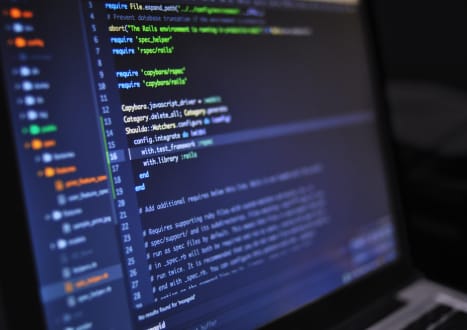

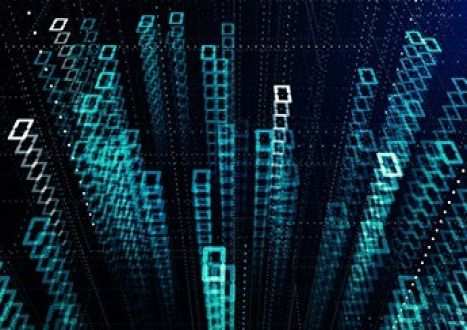
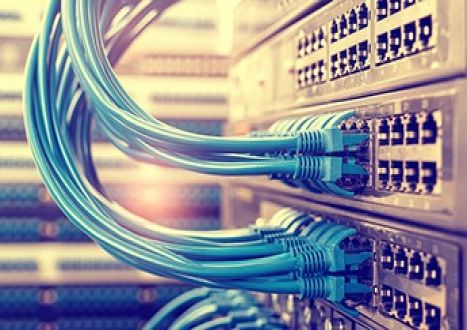




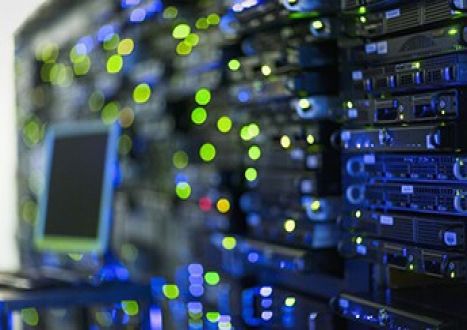



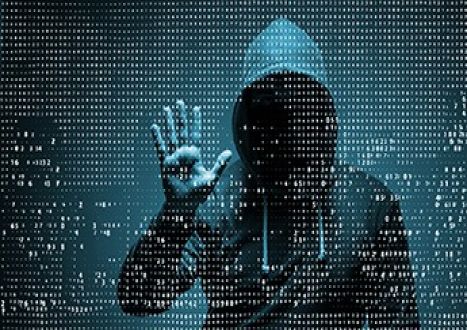
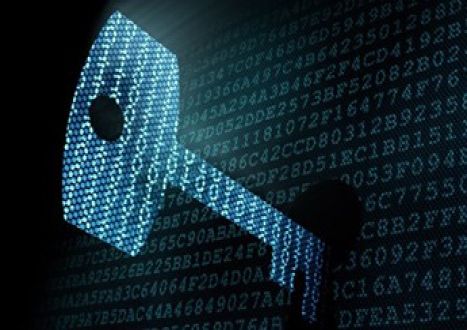
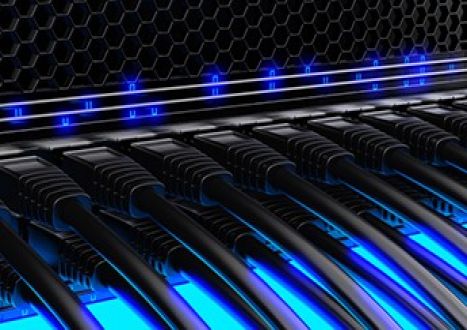





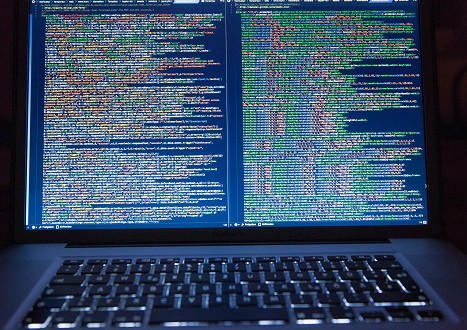
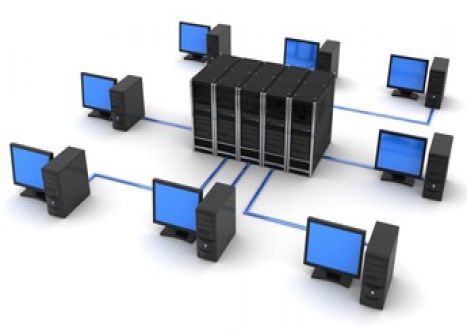



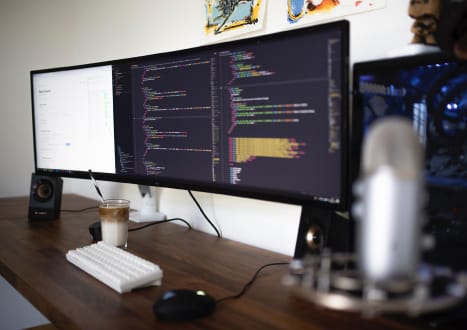





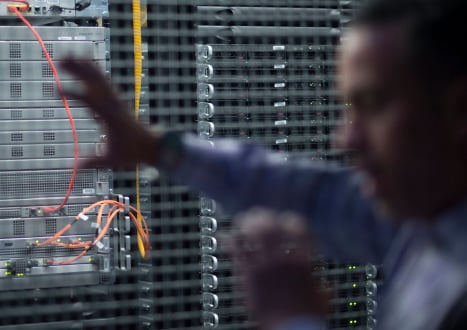

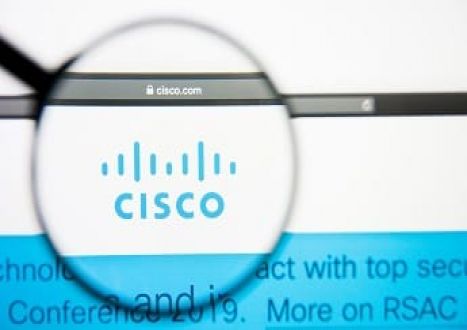
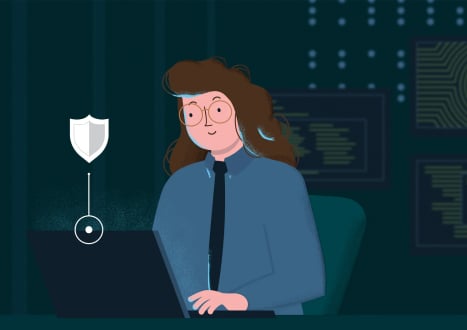
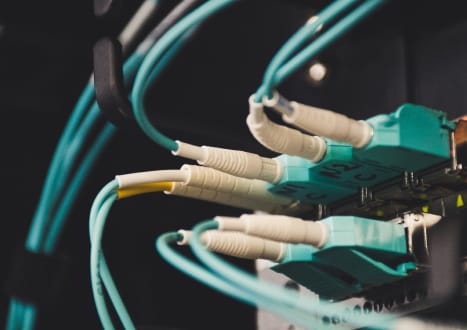
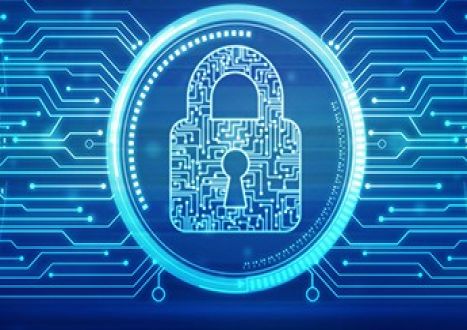
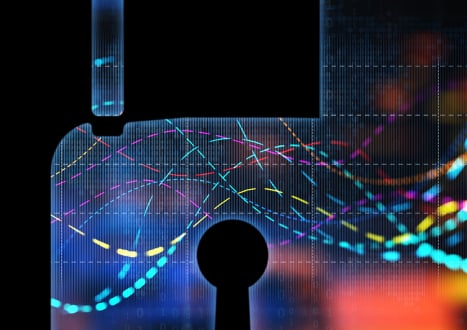

















Only Registered Members Can Download VCE Files or View Training Courses
Please fill out your email address below in order to Download VCE files or view Training Courses. Registration is Free and Easy - you simply need to provide an email address.
- Trusted By 1.2M IT Certification Candidates Every Month
- VCE Files Simulate Real Exam Environment
- Instant Download After Registration.
Log into your ExamCollection Account
Please Log In to download VCE file or view Training Course
Only registered Examcollection.com members can download vce files or view training courses.





Add Comments
Feel Free to Post Your Comments About EamCollection's Cisco SPCOR 350-501 Certification Video Training Course which Include Cisco 350-501 Exam Dumps, Practice Test Questions & Answers.